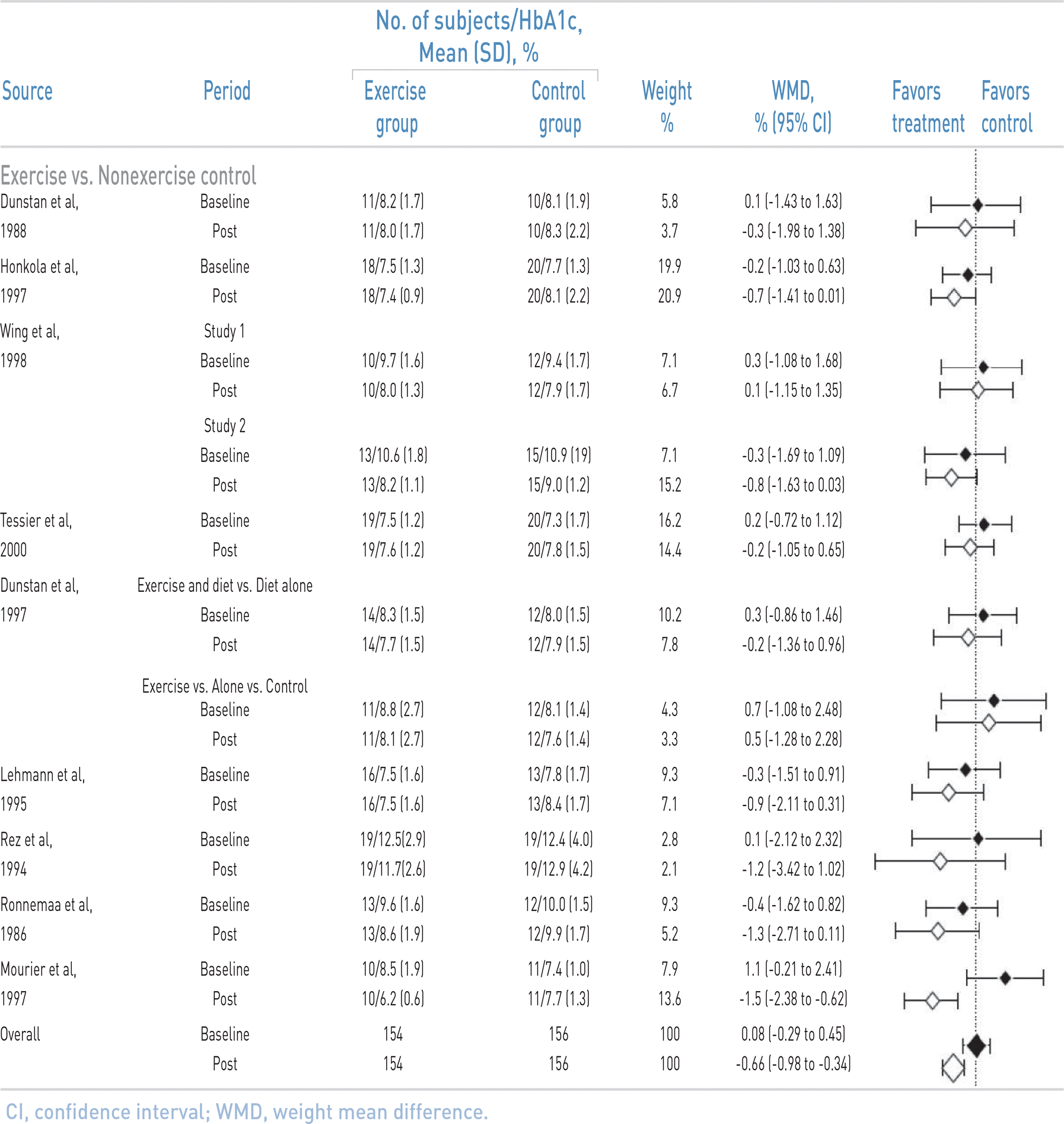Abstract
REFERENCES
Table 1.
| Variables | BMI < 23 | 23 ≤ BMI ≤ 26.9 | BMI > 27 | Total |
|---|---|---|---|---|
| No. | 205 | 86 | 31 | 322 |
| Height (cm) | 174.01 ± 5.78 | 174.42 ± 4.86 | 173.37 ± 5.69666 | 174.06 ± 5.546 |
| Weight (kg) | 662.64 ± 7.58 | 674.96 ± 5.85 | 89.3 ± 10.29 | 668.49 ± 11.41 |
| BMI (kg/m2) | 620.73 ± 1.56 | 6624.59 ± 1.15a | 29.58 ± 2.36a,b | 22.62 ± 3.23 |
| Percent body fat (%) | 614.27 ± 3.79 | 6620.21 ± 3.73a | 28.33 ± 4.82a,b | 17.13 ± 5.95 |
| SBP (mm Hg) | 113.37 ± 9.17 | 66114.14 ± 10.716 | 124.45 ± 11.96a,b | 114.62 ± 10.35 |
| DBP (mm Hg) | 673.80 ± 7.68 | 673.32 ± 8.80 | 81.61 ± 9.04a,b | 74.42 ± 8.44 |
| Glucose (mg/dL) | 6674.4 ± 9.01 | 6677.04 ± 8.22a | 75.06 ± 7.8266 | 75.17 ± 8.75 |
| Insulin (µIU/mL) | 665.61 ± 2.65 | 6668.29 ± 6.21a | 13.09 ± 7.18a,b | 67.04 ± 4.98 |
| HOMA-IR | 662.01 ± 1.00 | 6662.96 ± 2.08a | 65.37 ± 3.48a,b | 62.58 ± 1.97 |
| TC (mg/dL) | 6144.34 ± 23.06 | 6146.25 ± 24.24 | 160.13 ± 24.32a,b | 146.37 ± 23.87 |
| TG (mg/dL) | 6665.46 ± 33.16 | 6674.02 ± 29.47 | 104.84 ± 42.03a,b | 671.54 ± 35.02 |
| HDL-C (mg/dL) | 654.58 ± 8.89 | 6650.85 ± 9.52a | 50.37 ± 9.48a,b | 53.08 ± 9.28 |
| LDL-C (mg/dL) | 6676.66 ± 19.44 | 6680.60 ± 20.49 | 688.79 ± 22.18a,b | 678.88 ± 20.26 |
| hs-CRP (mg/dL) | 660.15 ± 0.34 | 660.17 ± 0.33 | 0.10 ± 0.066 | 60.15 ± 0.33 |
| CVD risk score | 6-1.32 ± 2.36 | 6661.04 ± 2.52a | 65.89 ± 4.62a,b | 660.0 ± 3.48 |
| IMT max (mm) | 660.74 ± 0.08 | 660.73 ± 0.07 | 0.77 ± 0.076 | 60.75 ± 0.08 |
| IMT average (mm) | 660.60 ± 0.05 | 660.59 ± 0.06 | 60.63 ± 0.06a,b | 60.61 ± 0.06 |
Values are presented as mean ± SD unless otherwise indicated. BMI, body mass index; DBP, Diastolic blood pressure; HDL-C, High density lipoprotein cholesterol; HOMA-IR, homeostasis model assessment of insulin resistance; hs-CRP, high sensitivity C-reactive protein; CVD risk score, cardiovascular disease risk score; IMT, intima media thickness; IMT average, 6 point average; LDL-C, low density lipoprotein cholesterol; SBP, systolic blood pressure; TC, total cholesterol; TG, triglyceride.
Table 2.
|
OR (95% CI) |
||
|---|---|---|
| Fitness status | Female | Male |
| Adolescents | ||
| Overweight (BMI 25-30)a | 2.27 (1.64-3.15) | 2.88 (2.02-4.09) |
| Obese (BMI ≥ 30)a | 2.68 (1.86-3.86) | 3.65 (2.32-5.75) |
| Newly identified hypertension | 1.35 (0.68-2.70) | 1.03 (0.30-3.54) |
| Hypercholesterolemiab | 1.89 (1.12-3.17) | 3.68 (2.55-5.31) |
| Low HDL-C | 1.03 (0.74-1.43) | 1.25 (0.93-1.69) |
| Impaired fasting glucosec | 1.95 (0.71-5.37) | 1.24 (0.79-1.95) |
| The metabolic syndromed | 2.72 (0.85-8.74) | 4.20 (2.14-8.25) |
| Adults | ||
| Overweight (BMI 25-30)a | 2.94 (1.85-4.68) | 3.41 (1.90-6.13) |
| Obese (BMI ≥ 30)a | 2.14 (1.37-3.34) | 3.13 (1.96-4.99) |
| Newly identified hypertension | 2.12 (1.33-3.37) | 1.83 (1.08-3.09) |
| Hypercholesterolemiab | 1.71 (1.19-2.47) | 1.30 (0.76-2.25) |
| Low HDL-C | 1.76 (1.18-2.61) | 1.87 (1.22-2.85) |
| Impaired fasting glucosec | 0.97 (0.46-2.05) | 1.34 (0.67-2.68) |
| The metabolic syndromed | 1.76 (0.91-3.40) | 2.00 (0.84-4.74) |
Table 3.
Values are presented as mean ± SE. BMI, body mass index; WC, waist circumference; SBP, systolic blood pressure; DBP, diastolic blood pressure; TC, total cholesterol; TG, triglycerides; HDL-C, high density Iipoprotein-cholesterol; hs-CRP, high sensitivity C-reactive protein; HOMA-IR, homeostasis model assessment-insulin resistance; PA, physical activity; IGF-1, insulin-like growth factor 1; IGFBP-3, insulin-like growth factor binding protein; IMT, intima-media thickness.
Table 4.





 PDF
PDF ePub
ePub Citation
Citation Print
Print


 XML Download
XML Download